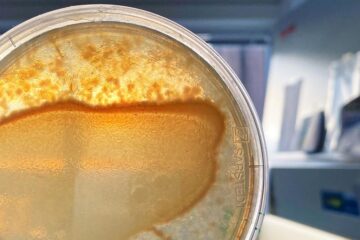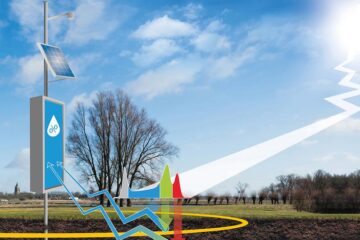Environmental problems threaten global stability

Pressures on the environment, and the growing inequalities between rich and poor nations, are threatening global stability at least as much as terrorism, according to a report from the Worldwatch Institute, a US-based environmental think-tank.
The report, State of the World 2002, points out that deaths from AIDS soared more than six-fold last decade, global emissions of carbon dioxide climbed more than nine per cent, and 27 per cent of the world’s coral reeds are now severely damaged – up 10 per cent since the 1992 Rio Earth Summit.
But the report — which focuses on issues central to the United Nations World Summit on Sustainable Development, which open in Johannesburg, South Africa in late August — also highlights some of the advances since the Rio meeting. This include declining deaths from pneumonia, diarrhoeas and tuberculosis, and the successful phasing out of ozone-depleting chlorofluorocarbons.
Despite these achievements, Worldwatch president Christopher Flavin says that the world is far from ending the economic and environmental marginalisation that afflicts billions of people: “Despite the prosperity of the 1990s, the divide between rich and poor is widening in many countries, undermining social and economic stability.”
The low priority given to environmental policies, a decrease in foreign aid and the increasing debt of developing nations are jeopardising global stability, the report says.
“Getting the world onto a more environmentally and socially durable course is a daunting task,” says State of the World 2002 project director Hilary French. “Johannesburg will help to determine whether the nations of the world can jointly address pressing problems, or whether we will remain on a destructive path that leads to poverty, environmental decline, terrorism, and war.”
Media Contact
Weitere Informationen:
http://www.worldwatch.org/Alle Nachrichten aus der Kategorie: Ökologie Umwelt- Naturschutz
Dieser Themenkomplex befasst sich primär mit den Wechselbeziehungen zwischen Organismen und den auf sie wirkenden Umweltfaktoren, aber auch im weiteren Sinn zwischen einzelnen unbelebten Umweltfaktoren.
Der innovations report bietet Ihnen interessante Berichte und Artikel, unter anderem zu den Teilbereichen: Klimaschutz, Landschaftsschutzgebiete, Ökosysteme, Naturparks sowie zu Untersuchungen der Leistungsfähigkeit des Naturhaushaltes.
Neueste Beiträge

Das Mikrobiom verändert sich dynamisch und begünstigt wichtige Funktionen für den Wirt
Ein interdisziplinäres Forschungsteam des Kieler SFB 1182 untersucht am Beispiel von Fadenwürmern, welche Prozesse die Zusammensetzung des Mikrobioms in Wirtslebewesen steuern. Alle vielzelligen Lebewesen – von den einfachsten tierischen und…

Wasser im Boden – genaue Daten für Landwirtschaft und Klimaforschung
Die PTB präsentiert auf der Woche der Umwelt, wie sich die Bodenfeuchte mithilfe von Neutronenstrahlung messen lässt. Die Bodenfeuchte hat nicht nur Auswirkungen auf die Landwirtschaft, sondern ist als Teil…

Bioreaktor- und Kryotechnologien für bessere Wirkstofftests mit humanen Zellkulturen
Medizinische Wirkstoffforschung… Viele Neuentwicklungen von medizinischen Wirkstoffen scheitern, weil trotz erfolgreicher Labortests mit Zellkulturen starke Nebenwirkungen bei Probanden auftreten. Dies kann passieren, wenn zum Beispiel die verwendeten Zellen aus tierischem…





















